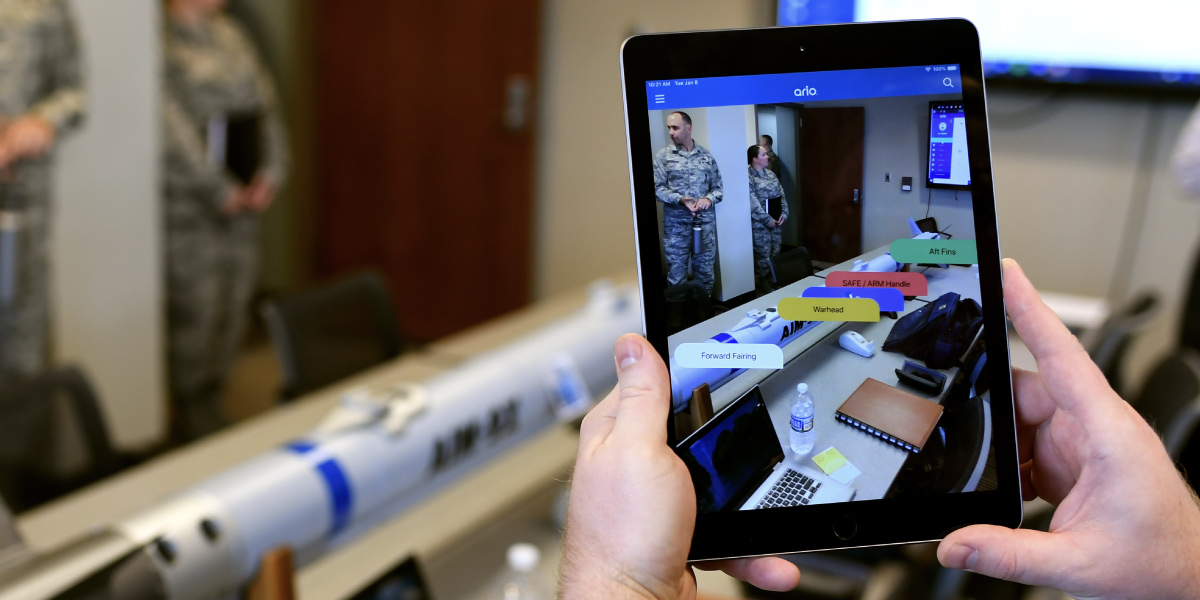Transforming Real Estate Property Tours with Augmented Reality

For real estate agents and prospective buyers, touring properties has long been tedious and time-consuming. With AR, you can efficiently and creatively explore a property without entering the home or structure. In this blog post, we’ll talk about how augmented reality can speed up and enliven property tours for real estate
Why Real Estate Property Tours Matter
Real estate property tours are essential in the purchasing process because they give prospective buyers a chance to see a property up close and personal before deciding. However, Traditional property tours can be expensive and time-consuming for buyers and real estate agents. We’ll look at how augmented reality (AR) can offer virtual tours of properties, saving time and resources for buyers and real estate agents.
The Limitations of Traditional Property Tours
Traditional property tours have some drawbacks that could be improved as a marketing tool for real estate. First, they can be inconvenient for those unable to travel because they are frequently time-consuming and demand that potential buyers physically visit the property. Traditional tours can also be pricey, mainly if the property is in another city or country. These drawbacks emphasize the need for an immersive, more effective solution like augmented reality.
Augmented reality: what is it?
A technology known as augmented reality (AR) uses digital data and virtual objects to create an interactive and immersive experience in the real world. In the real estate industry, augmented reality (AR) enables prospective buyers to tour properties virtually, giving them a realistic and in-depth impression of the area. Both buyers and real estate agents can save time and resources by using AR to help buyers envision how furniture and decor will look in a given space.
The Benefits of Augmented Reality in Real Estate
The way that real estate property tours are conducted has been revolutionized by augmented reality (AR) technology. Potential buyers can virtually tour properties using augmented reality, saving them and real estate agents time and resources. Users can virtually tour 3D models of properties using augmented reality to get a realistic sense of the space without being there. Since there is no longer a need for actual property visits, buyers and agents can more easily narrow their options. Learn how augmented reality (AR) can offer virtual property tours, saving buyers and real estate agents time and resources.
How Augmented Reality Property Tours Work
Examine how augmented reality (AR) can offer virtual tours of properties so buyers can view properties from the comfort of their homes. Users can access an AR app that overlays digital elements onto their surroundings using a smartphone or tablet. They can virtually explore the house, view the various rooms, and even see how the furniture and accents would look there. Unlike in-person visits, augmented reality property tours give customers a realistic, immersive experience that helps them make decisions.
Examples of Successful Augmented Reality Property Tours
Virtual staging is one illustration of a successful augmented reality property tour. Virtual staging enables prospective buyers to view a property with digitally added furnishings rather than physically staging it with furniture and décor. Buyers can then picture themselves residing there, giving them a better idea of a space’s potential. The use of floor plans and 3D models is another illustration. These 2D representations can be brought to life with augmented reality, enabling customers to walk through a home and understand its layout and dimensions. These illustrations show how augmented reality can improve the experience of property tours and make them more exciting and educational for potential buyers.
Overcoming Challenges with Augmented Reality Property Tours
Offering virtualizing properties so prospective buyers can tour a property withoysically being there. Ensuring technology is available to everyone, including those who need access to high-end devices, is challenging. Making accurate and realistic virtual representations of properties is another difficulty. Virtual property tours are becoming more immersive and realistic thanks to AR technology advances addressing these issues. Additionally, privacy issues might surface because prospective buyers feel uneasy about their personal information being collected by virtual tours. Overcoming these obstacles will take ongoing technological development and careful consideration of privacy laws.
Implementing Augmented Reality in Real Estate Agencies
There are several steps to consider when implementing augmented reality in real estate agencies. Agencies should first make the necessary hardware and software investments to provide prospective customers with a seamless augmented reality experience. This entails investing in AR-capable hardware and working with programmers to create unique applications. To ensure that their agents can use augmented reality in property tours successfully, agencies should train and support them. Agencies should promote augmented reality capabilities to stand out from rivals and attract tech-savvy customers.
The Future of Augmented Reality in Real Estate
In real estate, augmented reality has a bright future. We anticipate seeing even more immersive and realistic property tours as technology develops. More homes will be staged virtually so potential buyers can picture themselves living there with movable furniture and accessories. Real estate agents can also give customized tours to customers from anywhere in the world thanks to augmented reality, which will save them time and money. Artificial intelligence integration will improve the shopping experience by offering individualized suggestions based on customer preferences. In general, augmented reality can completely change how we buy and sell real estate.





